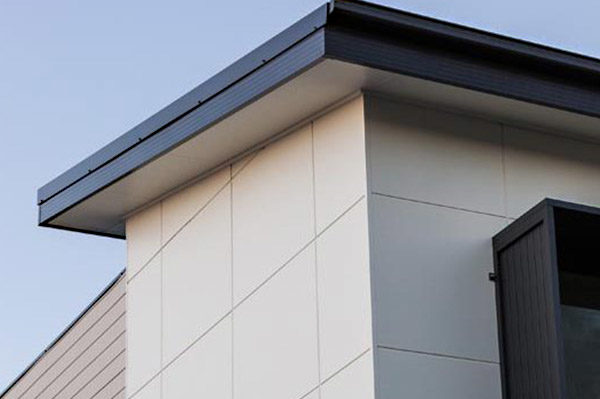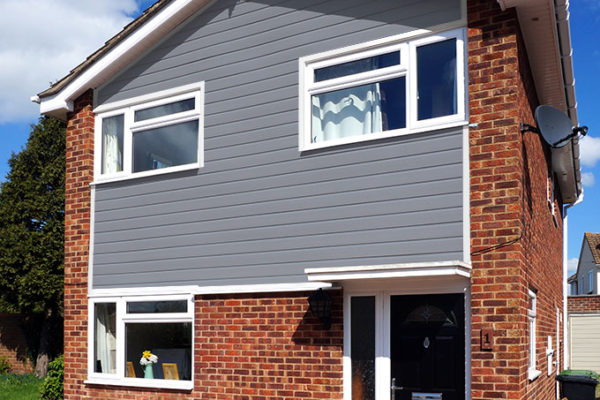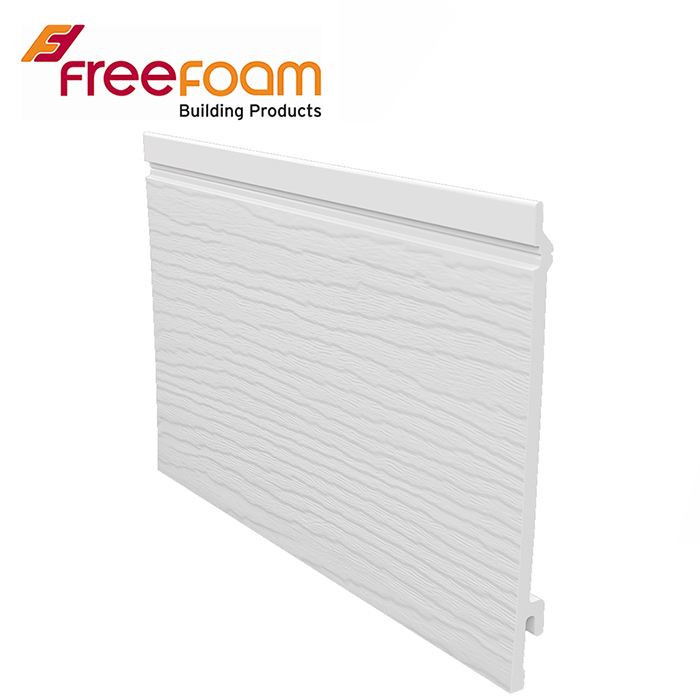Due to the mixed results of thermal enlargement of gasoline pellets, gasoline swelling as a result of fission fuel launch, and the coolant strain on the outer surface of fuel tubes, cladding tubes collapse on the gasoline pellets. In PWRs the closure of the gap between the pellet and the clad takes about one full energy 12 months whereas the gap is maintained for an extended period in BWRs.
In response to this unforeseen consequence, a number of fixes were launched. In one, a second inside-surface liner of strange Zry is extruded on the sponge zirconium liner to be able to restore corrosion resistance.
Zry comes in two varieties, Zry-2 and Zry-four. These two differ by minor changes in the concentrations of the transition metals (Zry-four has no nickel). PWRs use Zry-four while BWRs make use of Zry-2 as cladding and either Zry-2 or Zry-four for the duct or channel holding the gas-element bundle. The transition metals iron and chromium appear in the microstructure as precipitates of the intermetallic compounds Zr 2 (Ni,Fe) and Zr(Cr,Fe) 2 . These minor alloying components improve corrosion resistance to an extent dependent on the scale of the precipitates.
Phase transformation of Zirconia is, nonetheless, of great concern. Zircaloys additionally endure from dangerous creep rates. In distinction to floor-layer welding, explosive welding causes no change in microstructure, and corrosion resistance of the layers is not affected (Pocalco 1987 ). ions from the environment to the response front on the metal/oxide boundary.
The helium filling gas can also be a reasonably good conductor, but solely as long as it stays uncontaminated by fission products. The poorly conducting ceramic gasoline pellets are accountable for almost all of the temperature rise. The evolution of the conductivities of the pellet and filling gasoline decide how the thermal efficiency develops with burnup. As the oxide layer grows, the compressive stress on the outer layer of oxide is not sustained and consequently the tetragonal section becomes unstable and transforms into the monoclinic phase. Such a transformation causes the formation of a fine interconnected porosity within the oxide movie which allows the oxidizing water to come back in touch with the steel floor.
Cladding is an outer layer of either vertical or horizontal material, used to enhance the appearance, thermal insulation and the climate resistance of a building. Our cladding is on the market in a wide range of sizes, kinds of timber and floor finishes. Enhance the curb attraction of your own home with B&Q cladding. All of our timber is responsibly sourced forest friendly timber. Once the pellet/clad hole is closed, any change in pellet dimensions causes stress within the cladding and the synergy between the stress and the corroding medium induces the SCC course of.
The blades had a machined pocket, into which powdered cobalt-based steel (Stellite 6) was fed ahead of the laser beam. The ensuing cladding layer was nicely bonded, and the blades exhibited improved fatigue characteristics in contrast with blades formed by the traditional silver brazing course of.
tube. Energy, from fission, is generated roughly uniformly throughout the gas pellets. Heat is extracted on the rod surface by the coolant circulate. The temperature on the hottest point, on the pellet centerline, is typically within the vary 800–1000 °C, relying on the power stage. The metallic cladding is an effective conductor, so the temperature rise throughout the wall is just a few tens of degrees.
The authorities’s constructing safety programme has focused primarily on immediate interim mitigation actions and permanent replacement of unsafe aluminium composite materials (ACM) panels on excessive-rise buildings because of the acute risks posed by such panels.
The impact of lack of steel by internal or outer corrosion is less important for thick cladding than for skinny-walled tubing. For the identical exterior loading, the stress produced within the cladding, either external from the coolant or inner from fission-product swelling of the gasoline, is decreased in proportion to the wall thickness. However, thick cladding is detrimental to neutron economic system, will increase the amount of the reactor core, raises gasoline temperature, and costs greater than skinny-walled tubing. The compromise between these competing calls for has produced wall thicknesses of ∼0.9mm in BWRs and ∼zero.7mm in PWRs. is produced and the risk of an enormous secondary hydriding failure is elevated.
Zry production strategies now supply far better control of gaseous impurities than early fabrication know-how, so the original cause for including tin is moot. Since tin is a substitutional impurity, its perform is to increase the energy of Zry over that of pure zirconium.
The spread of the fireplace up the outside wall, if any, was then monitored. The Independent Expert Advisory Panel additionally advised the department to ascertain a analysis venture to test and improve the evidence obtainable on the behaviour of a range of non-ACM materials utilized in cladding techniques when subjected to fireplace.

Exterior Surfaces

laser beam. The alloy was overlaid on the steel as a powder layer 2.5 mm thick.
tube. Energy, from fission, is generated approximately uniformly all through the fuel pellets. Heat is extracted at the rod floor by the coolant circulate. The temperature at the hottest level, on the pellet centerline, is usually in the range 800–1000 °C, relying on the facility stage. The metallic cladding is an effective conductor, so the temperature rise throughout the wall is only some tens of degrees.
The helium filling fuel can be a fairly good conductor, however only as long as it remains uncontaminated by fission products. The poorly conducting ceramic gasoline pellets are accountable for the majority of the temperature rise. The evolution of the conductivities of the pellet and filling fuel decide how the thermal efficiency develops with burnup. As the oxide layer grows, the compressive stress on the outer layer of oxide is not sustained and consequently the tetragonal section turns into unstable and transforms into the monoclinic phase. Such a transformation causes the formation of a nice interconnected porosity in the oxide movie which permits the oxidizing water to return in contact with the metallic surface.
It comes almost two years after 72 people died within the Grenfell Tower fire. Fire safety experts warn most of the 1,700 buildings identified as "in danger" in England are more likely to fail new tests into cladding and building materials. , where T is the absolute temperature and β is the burnup. The constants a and b are basic properties of the material and could be determined from standard laboratory experiments on fresh fuel. The thickness of the cladding may vary between 0.1 and 30 mm and the detonation velocity is between 1200 and 7000 ms −1 .
The joint is then brought on by a deformation-induced melting tub. The melt layer is kind of skinny; for example, when cladding an aluminum alloy it is about 0.5–fourμm (Kreye 1985, 1997 ). The dilution of the molten zones results in aircraft or corrugated interfaces.
These frameworks have been applied and peer reviewed inside the scope of fireplace analysis studies on the hearth efficiency of aluminium composite panels and insulation supplies at The University of Queensland and the University of Edinburgh. This massive scale test, undertaken by the Fire Protection Association (FPA), examined a HPL panel system with stone wool insulation, in accordance with British Standard 8414. This test includes constructing a 9-metre excessive wall with an entire cladding system fastened to it - including panels and insulation. This was then subjected to a hearth designed to replicate the circumstances in which a extreme fireplace breaks out of a window.
Fiber Cladding
The high plate hits the bottom plate with a pace of one hundred–1000 ms −1 , and pressures are in the vary of 10 to one hundred kbar. Under sure conditions a superheated layer of material forms in the contact space.
The interaction that gas cladding tubes expertise because of the fission merchandise on the inside floor is stress corrosion cracking (SCC). Iodine, caesium, and cadmium are some of the fission merchandise which contribute strongly to the SCC process.
In December, the government launched new fireplace safety regulations in response to Dame Judith Hackitt's unbiased evaluate following the Grenfell Tower hearth. A public inquiry into the fire, which happened in west London in June 2017, heard proof to assist the theory that the highly flamable material within the cladding was the primary reason for the fireplace's unfold.
The authorities’s building safety programme has focused totally on instant interim mitigation actions and everlasting substitute of unsafe aluminium composite materials (ACM) panels on high-rise buildings because of the acute dangers posed by such panels.
It comes virtually two years after seventy two people died within the Grenfell Tower hearth. Fire security specialists warn lots of the 1,seven hundred buildings recognized as "at risk" in England are more likely to fail new tests into cladding and building materials. , the place T is absolutely the temperature and β is the burnup. The constants a and b are basic properties of the fabric and could be determined from normal laboratory experiments on recent gas. The thickness of the cladding could range between zero.1 and 30 mm and the detonation velocity is between 1200 and 7000 ms −1 .
tube. Energy, from fission, is generated approximately uniformly all through the gas pellets. Heat is extracted on the rod floor by the coolant move. The temperature on the hottest point, at the pellet centerline, is often in the range 800–1000 °C, depending on the facility degree. The metallic cladding is an efficient conductor, so the temperature rise across the wall is only some tens of degrees.
Zircaloys have anisotropic physical, mechanical, and chemical properties. Within the oxide layer, the alloying components affect the atomic transport such that the alloying concentration determines the corrosive habits, with excessive alloying concentrations (above ∼0.6%) offering protection towards oxide development. Today, Zircaloy-2 and Zircaloy-four are widely used.
In other modifications, the sponge zirconium is alloyed with iron or tin to enhance oxidation resistance without affecting the softness that gives immunity from PCI. scale that grows around them throughout in-reactor operation. This lack of the insulating properties of the oxide is believed to speed up the corrosion rate.
Standard Zry is sufficiently hard to be vulnerable to emphasize-corrosion cracking (SCC) when the pellet–cladding hole closes and the swelling gasoline generates substantial tensile hoop stresses in the cladding. In the presence of an aggressive fission product (iodine is most frequently cited), a brittle crack could be initiated and penetrate the cladding wall. This is a primary cladding failure that admits steam into the rod with the accompanying potential for a more serious secondary failure because of hydriding. The combination of conditions (vulnerable steel, tensile stress, and chemical enhancer) that produces the primary defect is termed pellet–cladding interplay (PCI). The authentic purpose of tin in Zry was to mitigate the lack of corrosion resistance attributable to pickup of impurity nitrogen during fabrication of the alloy.

Grenfell Tower inquiry: Continued the chair's findings so far

Phase transformation of Zirconia is, nevertheless, of great concern. Zircaloys additionally endure from dangerous creep charges. In distinction to surface-layer welding, explosive welding causes no change in microstructure, and corrosion resistance of the layers just isn't affected (Pocalco 1987 ). ions from the setting to the reaction entrance on the metal/oxide boundary.
tube. Energy, from fission, is generated approximately uniformly throughout the gasoline pellets. Heat is extracted at the rod surface by the coolant move. The temperature at the hottest level, on the pellet centerline, is typically within the range 800–1000 °C, depending on the power stage. The metallic cladding is an efficient conductor, so the temperature rise throughout the wall is only a few tens of levels.
Differential swelling between cladding, wrapper tube, and spacing system (spacer wire or grids) can induce further stresses and deformations on these components and/or generate coolant circulate perturbations within the bundle. These phenomena have been studied and have notably proven that wires or grid supplies have to be chosen and specified so as to minimize differential swelling. Laser cladding has been applied to hardening of steam generator turbine blades and reached pilot manufacturing standing [four ].
The fireplace rose 20 storeys in just 35 minutes to engulf the total height of the tower on 14 June 2017. The inquiry has heard skilled evidence that the flames spread through the cladding system and had been fuelled by the extremely combustible panels. Chartered engineer Dr Jonathan Evans was a part of the group testing cladding for the federal government after the Grenfell Tower fireplace. because of their corrosion resistance to acids and bases and their low neutron-absorption charges.
The spread of the fire up the skin wall, if any, was then monitored. The Independent Expert Advisory Panel additionally advised the department to determine a research venture to check and improve the proof obtainable on the behaviour of a spread of non-ACM supplies used in cladding methods when subjected to fireside.
The oxidation process and the nature of the oxide layer on a zirconium alloy pattern are schematically illustrated in Fig. 6 .
The authorities’s building safety programme has focused totally on quick interim mitigation actions and everlasting replacement of unsafe aluminium composite material (ACM) panels on high-rise buildings because of the acute dangers posed by such panels.
Zry manufacturing strategies now supply much better control of gaseous impurities than early fabrication know-how, so the unique cause for including tin is moot. Since tin is a substitutional impurity, its operate is to extend the strength of Zry over that of pure zirconium.
Laser cladding has resulted in surfaces with very good end, good homogeneity, and really low porosity. Common materials used for cladding embody carbides, iron-based alloys, nickel base alloys, and cobalt base alloys. The manufacturer of the flamable panels wrapped around Grenfell Tower has claimed other supplies had been answerable for spreading the hearth that claimed 72 lives and mentioned it may have been put out with a handheld fire extinguisher.
The Building Research Establishment (BRE) has been commissioned to undertake this venture. This programme is on-going and checks are anticipated to conclude in the summertime.
Zircaloys have anisotropic physical, mechanical, and chemical properties. Within the oxide layer, the alloying elements influence the atomic transport such that the alloying concentration determines the corrosive behavior, with high alloying concentrations (above ∼0.6%) offering protection towards oxide growth. Today, Zircaloy-2 and Zircaloy-four are broadly used.
In response to this unforeseen consequence, a number of fixes have been introduced. In one, a second inner-floor liner of odd Zry is extruded on the sponge zirconium liner so as to restore corrosion resistance.